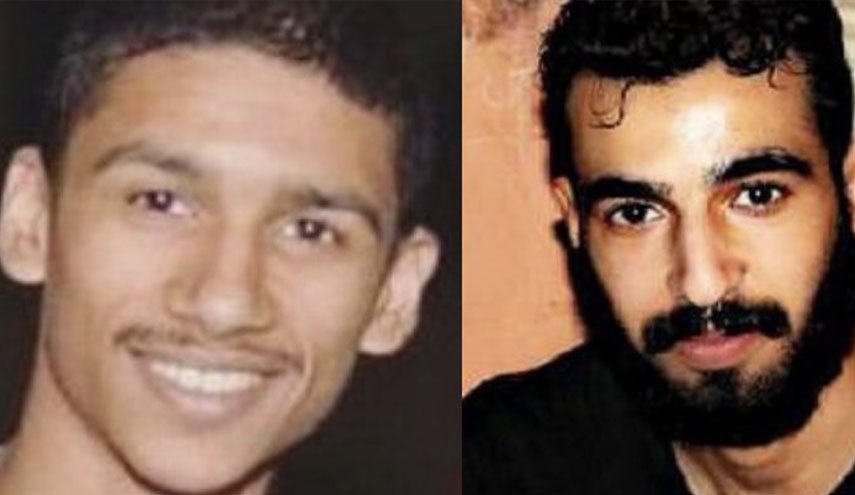Ongoing conflict leaves nearly half of children in Afghanistan out of school: UNICEF

The United Nations Children’s Fund (UNICEF) says nearly half of children aged between 7 and 17 years old – 3.7 million – in Afghanistan are missing out on school due to ongoing conflict.
The United Nations Children’s Fund (UNICEF) says nearly half of children aged between 7 and 17 years old – 3.7 million – in Afghanistan are missing out on school due to ongoing conflict.
According to a new UNICEF report, the ongoing conflict and worsening security situation across the country – combined with deeply engrained poverty and discrimination against girls – have pushed the rate of out-of-school children up for the first time since 2002 levels.
The report further adds that girls account for 60 per cent of the out-of-school population, putting them at a particular disadvantage, and compounding gender-based discrimination. In the worse-affected provinces – including Kandahar, Helmand, Wardak, Paktika, Zabul and Uruzgan – up to 85 per cent of girls are not going to school.
The study notes that displacement and child marriage also significantly affect a child’s chances of going to school. While a shortage of female teachers, poor school facilities and insecurity affecting the delivery of education in conflict affected areas are also factors driving children – particularly girls – away from the classroom.
In the meantime, UNICEF says while the numbers are concerning, there is also progress and hope. The study notes that school dropout rates are low, 85 per cent of boys and girls who start primary school go on to complete the last grade, while 94 per cent of boys, and 90 per cent of girls who start lower secondary also complete the grades. The challenge is to get children to start school in the first place.






